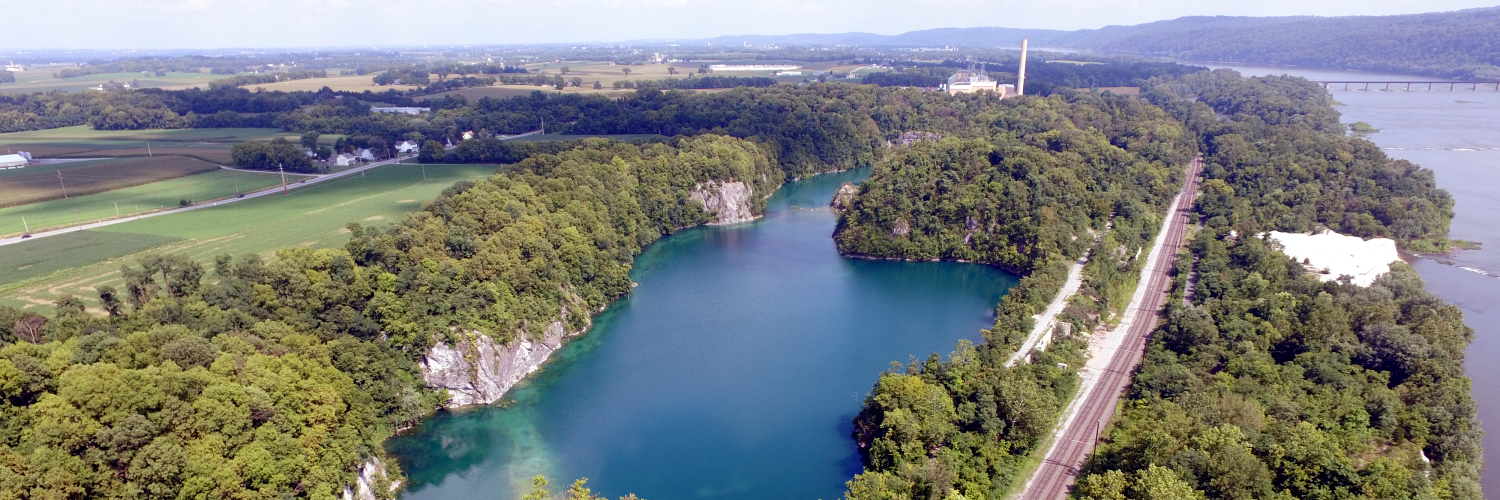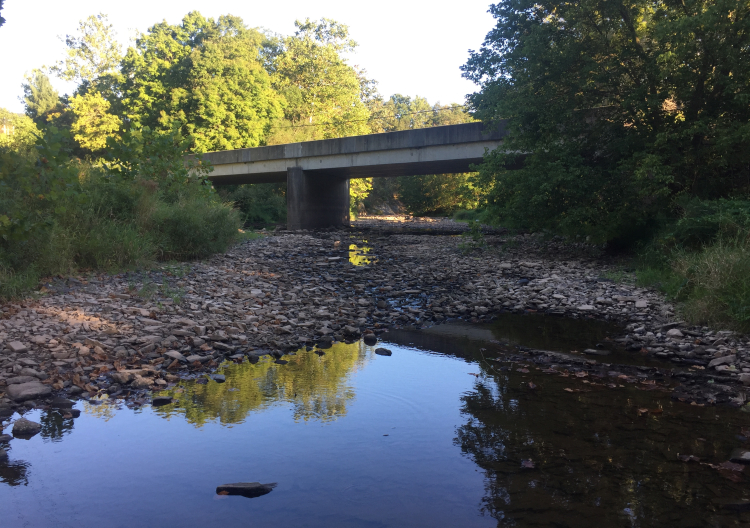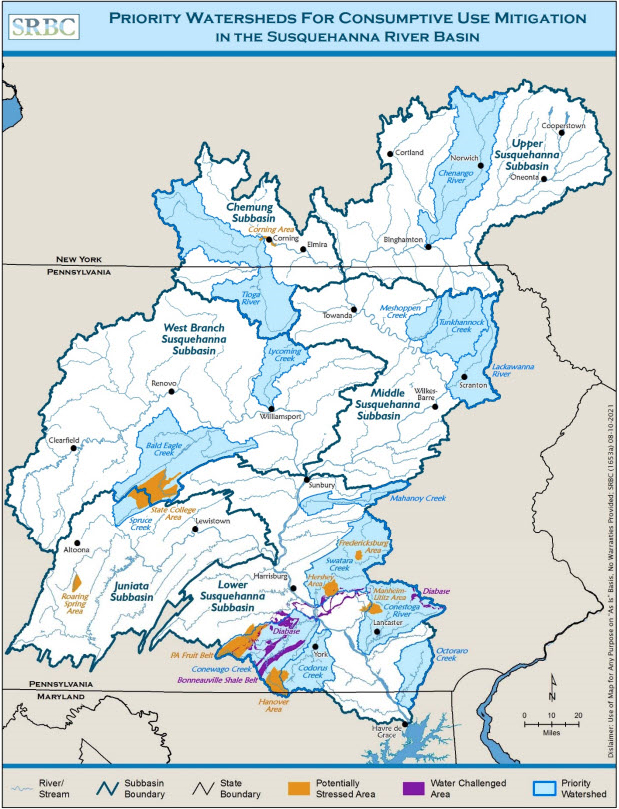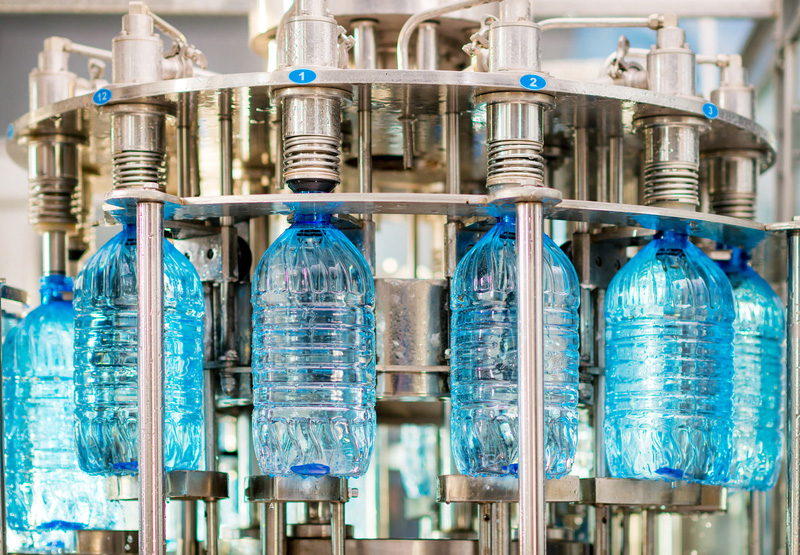Consumptive Use Mitigation Grants
Consumptive Use Mitigation Grants

Grant Features
Who Can Apply?
Types of Projects
Grant Features
The goal of the grant program is to fund projects that improve sustainability of streamflows and groundwater during times of drought, for both water supplies and the aquatic ecosystem.

Sideling Hill Creek, Juniata Subbasin, PA
SRBC administers the grant program, which funds projects to improve a watershed’s resilience and ability to better withstand drought conditions. Available funding comes from CU mitigation fees and is expected most years to exceed $4 million. Grants may cover a variety of project costs including land acquisition, green infrastructure, stormwater management practices, technical assistance, operations & maintenance, and monitoring.
For full program details and requirements, including selection criteria, maximum award amounts, required match, and eligible project types, view SRBC’s website.
Who Can Apply?
The grant program is open to both public and non-public entities: SRBC approved projects, government agencies, municipalities, colleges and universities, and 501(c)(3) non-profit organizations.
Eligibility and Priorities
Projects within the Susquehanna River Basin and those in adjacent basins where the mitigation will benefit the Susquehanna basin are eligible.
Overarching priorities include:
- Watersheds with high consumptive use and/or limited water availability
- Tangible benefits for Environmental Justice areas
- Improved climate resiliency
 View full PDF of map.
View full PDF of map.
Types of Projects
The grant program supports applications that will mitigate the impacts of CU, including projects that:
- Enhance water supply. Storage and water release projects that improve supply reliability such as impoundments, inactive quarries, and underground mine pools.
- Modify operations or implement new practices. Practices that increase instream flows or improve flow resilience during drought, such as conservation releases, aquifer storage and recovery, and drought response actions.
- Modify demand. Projects proposing changes to conserve, reuse or recycle water, or support the resiliency of resources.
- Improve environmental and water quality conditions. Projects involving wetland and stream restoration, treatment of mine drainage, stormwater management and floodplain restoration that will improve improve water quality, increase water infiltration, and/or reduce localized flooding.
What is Consumptive Use?
Consumptive use (CU) is defined as water that is withdrawn from groundwater or surface water sources and used but not returned to the basin undiminished in quantity. Some examples include evaporative cooling at power plants and industrial facilities, public water supply diversions, hydraulic fracturing for natural gas extraction, golf course irrigation, and bottling spring water.
 Bottled water production is a consumptive use.
Bottled water production is a consumptive use.Photo 86346478 © Mark Agnor | Dreamstime.com
SRBC regulates large consumptive uses and requires mitigation for that use during critical low flow periods and drought events. Although there are several alternatives, most approved projects elect to pay a mitigation fee for their annual consumptive use. Consumptive use fees go into a special water management fund that SRBC uses to develop CU mitigation projects throughout the basin to offset impacts.
The fund also is used to investigate and develop other strategies for mitigating impacts and, importantly, funds the Consumptive Use Mitigation Grant Program.
Consumptive use fees funding the grant program help invest in the Basin’s future resilience to drought.
Consumptive Use Mitigation Grants
Managing the risk to water resources from drought is an on-going concern for the Susquehanna River Basin Commission (SRBC), and one that has only grown due to the increased threat of extreme climate events, increasing/competing water demands, and aging infrastructure.
In 2020, SRBC adopted a Consumptive Use (CU) Mitigation Policy that clarified its approach to CU planning and expanded the options for how SRBC may undertake and achieve CU mitigation. Traditionally, SRBC relied on acquiring water storage for making targeted releases to supplement streamflows. Now the potential portfolio of projects could include expanding the use of technology or applying new approaches to increasing water use efficiencies, utilizing recycled water/wastewater or improving water quality where water availability is constrained and every drop counts for supporting users and the aquatic ecosystem.
The grant program provides an opportunity for the Commission to expand partnerships and to encourage the water use sector to join us in bringing more innovative projects to life for improving local water availability and building watershed resilience throughout the basin.